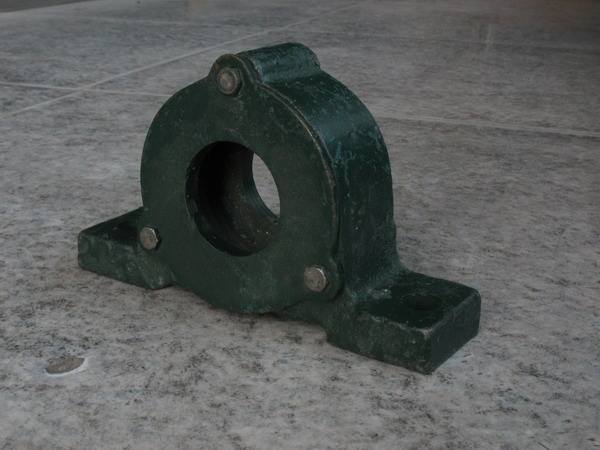CONTACT US
- 13961432521(Manager Wang)
- 13813676349(Manager Zhu)
- zhuyun@czshcd.com
- Group 9, Caoqiao Village, Xueyan Town, Wujin District, Changzhou City
Common problems and repair process of bearing pedestal
As a common problem of bearing seats, wear of bearing seats often occurs.

Repair method
Traditional methods generally use machining after surfacing for repair, while surfacing can cause the surface of the component to reach a high temperature, causing deformation or cracking of the component, and obtaining dimensions through machining can greatly prolong downtime. Using polymer composite materials for on-site repair, there is no thermal impact, and the repair thickness is not limited. The product has wear resistance and metal materials do not have the flexibility to ensure contact and coordination of the repaired parts, reduce the impact and vibration of the equipment, and avoid the possibility of wear. Method of on-site repair to avoid machining.
Repair process
Generally, only four steps are required:
1. For surface treatment, it is necessary to repair the surface of the bearing seat to remove oil and moisture;
2. Blending repair materials;
3. Apply material evenly to the repaired part of the bearing seat, filling firmly;
4. Wait for the material to solidify, and properly heat the material surface to accelerate the material solidification.
General bearing chamber wear can be repaired within 3-6 hours. The operation is simple and easy to learn, requiring no special equipment and specialized training. Compared to laser welding, cold welding, and other technologies, it saves time and effort, and the cost is only 1/5-1/10 of the general repair cost. On-site repair also reduces equipment maintenance time and transportation costs.








